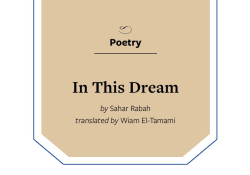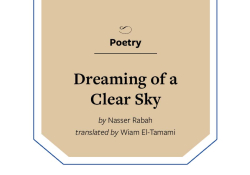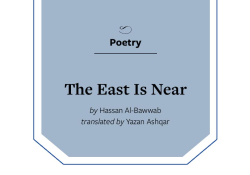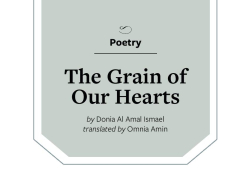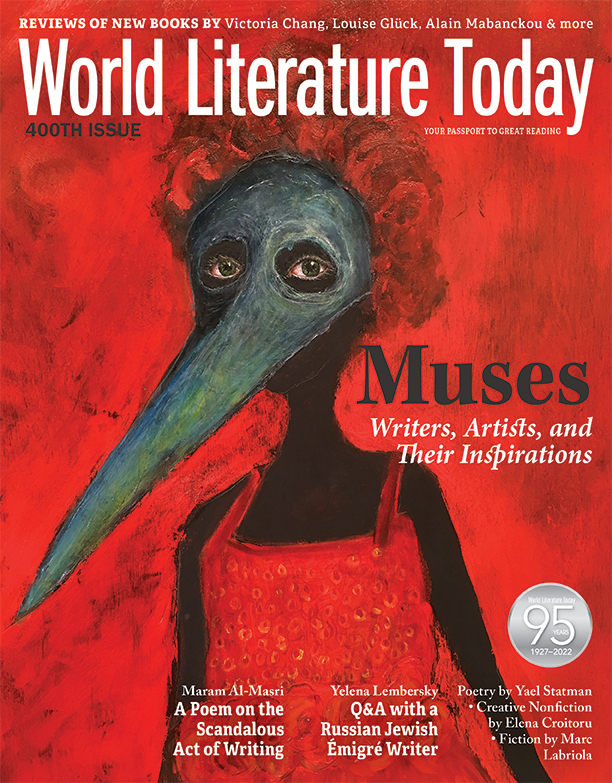Wassily Kandinsky

I glimpsed the oases of childhood with gingerbread houses and matryoshka dolls
under the oblique eyes of the Mongolian princess Gantimurova my grandmother
then I approached art with the anxiety and sensitivity of a musician
and I inhaled the music of the spheres in my father’s tea shop
through the steam of the samovar I saw how the sound mingled with the spirit
and in the fairytale-colored houses of the muzhiks near Moscow
it was as if we were entering each room like a hypnotic painting
In my youth I ventured into the parabolic worlds through the eyes of Mongol horses
and I let myself wander via the panting gallop of the Blue Rider
which brought with it the global apocalypse of a disintegrated generation
but the painting and the women I loved, Anna Gabriele and Nina,
they helped me find the vibrations of my soul and the compass of my inner gaze
I have always been a lonely fighter sometimes dressed in Bavarian clothes
but I did not forget the yellow sound of the trumpet in the Kremlin square
I admired Cézanne for the grace of recognizing the life of the self everywhere
and I imagined a painting in which artistic feelings are not visual but emotional
an art in which the Holy Spirit descends through the chromatic sound like lightning
I kept the rhythm the mathematical construction and the recurrence of tones from music
and I made to spring up on the canvas the sonorous soul of the future
at the risk of being often called an advertising craftsman a scammer and a botcher
I continued my path beyond the natural to abstraction and inner nature
between form and color plays the essence of your hyaline interiority
the color is the flap the eye is the hammer and the soul is the piano with strings
in many compositions the color dies if the inner sound disappears
a painting is not an object but a creature in which life throbs
the cracks of body and soul are reflected on the canvas and in the eyes of the beholder
it is beautiful only that which starts from an inner and acute need
from the atavistic and sacred roots of the stories of mankind’s childhood
painting is a loss of soul as if you were tearing your music apart
the memory of the body is intimately flashed by the vibration of colors
and everything becomes a bloody light rewritten with musical notes
from which enigmatic geometric and biomorphic universes are woven on white cloth
the more frightening the world the more abstract the art*
to forget the siege of evil I went under the evanescent skin of colors
and I felt the taste of the music and the depth of emotion beyond us
Suceava, November, 15, 2020
* The statement introduced by Kandinsky in his book belongs to the painter Paul Klee, his friend and fellow Bauhaus painter.
Author’s note: Kandinsky’s name sounds like a galactic concert. He inspired me as a symbol of interferences and fusion between music and art, soul and spirit, human and angel, dark history and bright culture. Writing this poem was a long initiation process in his life and work, in his way of feeling and thinking.
Editorial note: This poem is from The Lives of the Painters.



